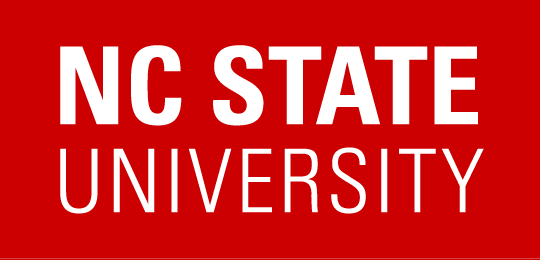Excerpt from Nuclear Newswire
The next vice president/president-elect will be Lisa Marshall, an ANS member since 2005. Marshall is the director of outreach, retention, and engagement and an assistant extension professor for nuclear engineering at North Carolina State University. “Thank you, ANS members! I am honored to be your next vice president/president-elect,” Marshall said in an email to Nuclear News. She added, “We are a Society of excellence, and I am devoted to leading us further with passion, vigor, and purpose through recruitment, retention, and collaboration nationally and internationally. People are our most valuable resource. We impact energy and nonenergy industries in crucial ways and must continually develop and lead efforts that are transformational.”
Marshall will succeed current ANS vice president/president-elect Ken Petersen, who will assume the office of president following the upcoming ANS Annual Meeting. The current president, Steven Arndt, will remain on the board for a one-year term as immediate past president.
In her candidacy statement, Marshall noted her 20-plus years of experience with people, policies, and products. “I am a collaborative leader and educator with experience empowering careers, communicating our mission, and contributing to the multidisciplinary nature of this field. Our most valuable resources are people and authentic public engagement,” Marshall said. “My record shows a commitment to diversity, equity, and inclusion—mentoring and advocating for students and young professionals, creating spaces for people and new ways of thinking.”
ANS is a professional organization of scientists, engineers, and other professionals devoted to the peaceful applications of nuclear science and technology. Its more than 10,000 members, from 40+ countries, come from diverse technical disciplines ranging from physics and nuclear safety to operations and power, and from across the full spectrum of the national and international enterprise, including government, academia, research laboratories, and private industry. Making it all succeed are a Board of Directors, 20 standing committees, 19 Professional Divisions, 41 Local Sections, 58 Student Sections, liaison agreements with more than 30 non-U.S. nuclear societies, and a headquarters staff.

